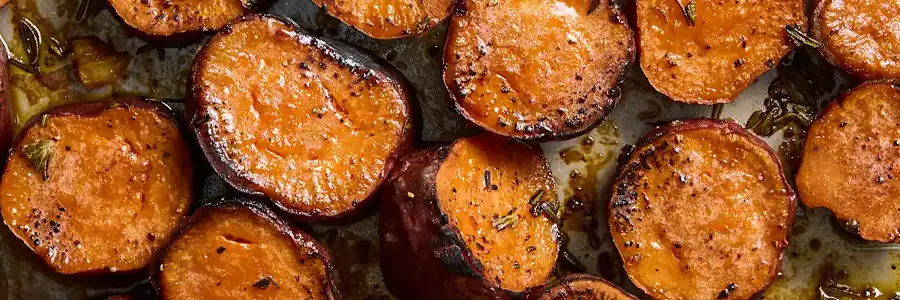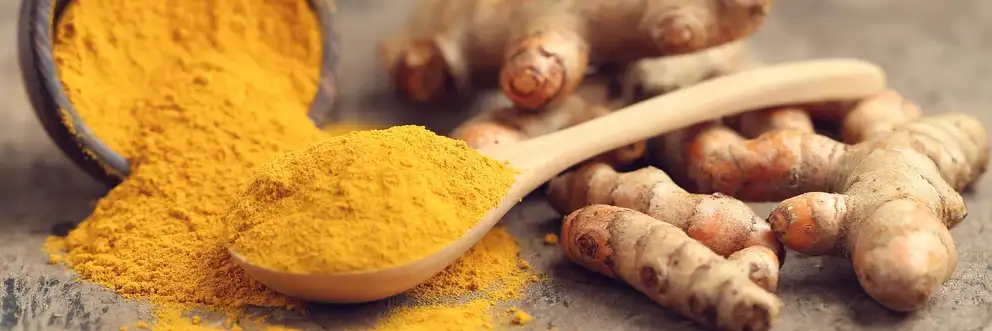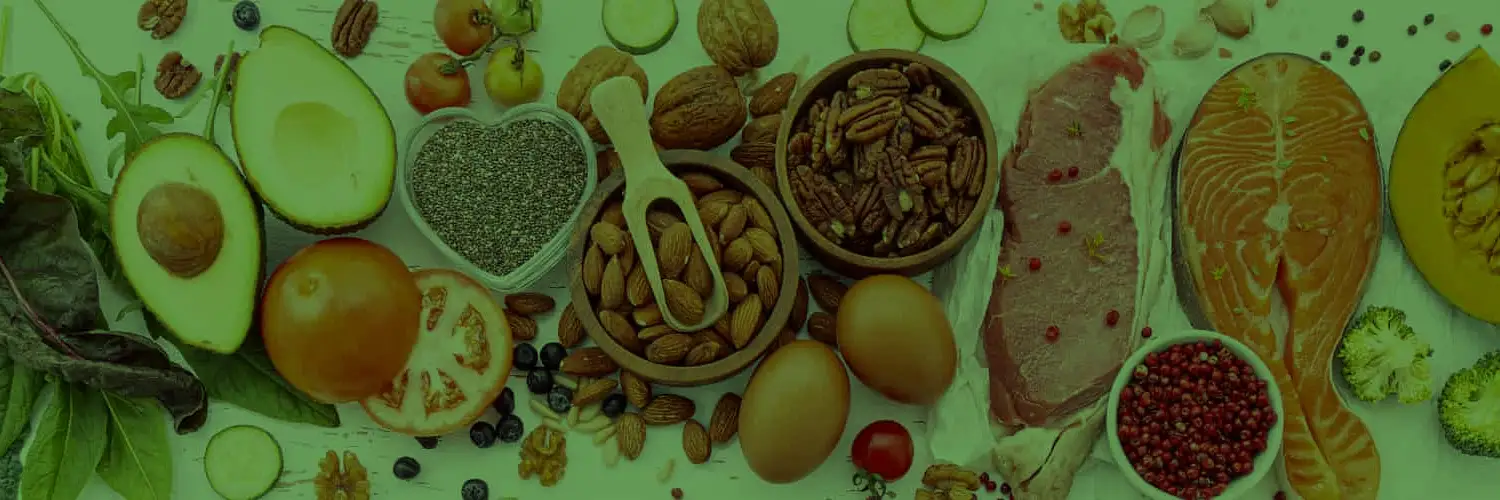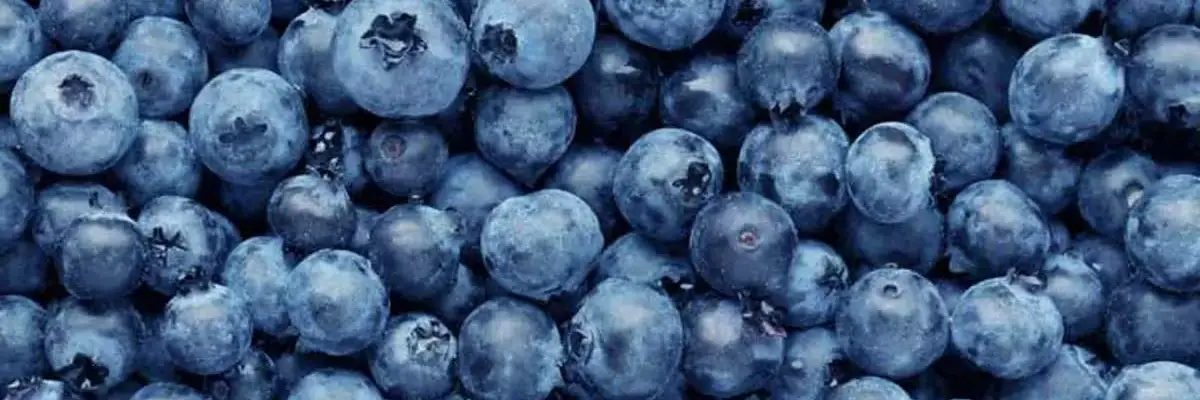Wonder why you feel down or depressed during winter?
A lot can change when the colder temperatures roll back around each year. One’s appetite can increase and the need for heartier and carb-rich foods is greater. Enthusiasm can become more challenging to muster, it may get harder to get out of bed in the morning or to do exercise. Sticking closer to home and spending more time on the couch may become the norm. These changes are part of our normal cycle. Winter is a time for self reflection, nurturing and rest. Unfortunately, winter is also a time when some of us can be impacted by Seasonal Affective Disorder (SAD). You might have wondered why you feel a bit down or experience a low mood or depression during winter. You may be experiencing SAD.
Fortunately, in New Zealand SAD is less common than in other countries that get less sunlight. However, it still affects us and shouldn’t be ignored. The good news is, SAD can be treated effectively once it’s recognised by something as simple as soaking up those rays of sunlight when they appear, or it could mean seeking professional support depending on how you are affected. Speaking with your doctor or health care practitioner is advised.
What are the signs of SAD?
SAD is characterised by irritability, altered sleeping patterns, low energy, fatigue, appetite changes and persistently low mood. You may feel disconnected from others and become disinterested in activities that you usually enjoy such as socialising or exercising. The exact cause of SAD isn’t known but it is thought to be related to the loss of daylight hours interfering with our body clocks. If you want to know more about some of the other effects of fewer sunlight hours, check out my blogs on how vitamin D levels affect fatigue and post-viral infection.

Can the way we eat help us manage SAD?
Research shows us that larger meals, snacking, emotional eating, and binge eating are associated with SAD. As it stands, no one nutrient appears to improve SAD symptoms, instead many nutrients play a role. This tells us that focusing on what we eat as a whole is most important. We don’t currently know if there is one way of eating that is better than another at helping us manage SAD. What we do know is that keeping our meals and snacks healthy, balanced and in moderation is the best practice for supporting our mental health. It is estimated that for every 100g of extra daily fruit and vegetables we eat, our risk of depression is reduced by 3%. That’s just one small apple or one large carrot!
How do I manage my carb cravings?
If you’re craving hearty carb-rich foods, why fight it? Carbs are a major source of energy. They are also essential to many vital pathways in our bodies and they taste great!
For all these reasons and more, we shouldn’t be avoiding carbs, we should focus on choosing the right ones. Good versus bad carbs is a hot topic. ‘Bad’ carbs refer to foods high in refined white flour and sugar such as white bread, cakes, biscuits, and other baked goods. ‘Good’ carbs refer to less-processed foods such as whole grains like oats, millet, brown rice, buckwheat, legumes such as beans, chickpeas and lentils or starchy vegetables like pumpkin, kumara, potatoes, swede, parsnip and carrots. Not only are these foods hearty and nourishing, they’re also usually available and reasonably priced during winter.
TIP: Add white beans such as cannellini or butter beans to your soups to make them more filling and to add extra protein. See my pumpkin soup recipe here.
Is it okay to snack?
A bigger appetite during winter can be expected and often leads to increased snacking and that’s okay!
Snacking can actually contribute to a healthy diet when we plan ahead and make it nutritious.
So, you’ve had breakfast but there are still a couple of hours until lunch and you’re hungry. What should you eat? A handful of mixed, unsalted raw nuts is high in different micronutrients and healthy fats to fill us up. Fruit between meals can help us get to our recommended two serves a day. Hummus and vegetable sticks are filling and help us get to our suggested daily five serves of vegetables. Avocado on a slice of wholemeal or multigrain bread is filling and high in fibre and healthy fats. Tinned tuna or salmon is rich in vitamin D and gives us that boost we need on those dark, cloudy days.
Do I need to worry about vitamin D?
At this time of year getting enough vitamin D can be challenging and low levels can exacerbate SAD symptoms. If you haven’t already read my earlier blogs, there are lots of foods containing vitamin D including eggs, canned or fresh fish like tuna, salmon, sardines, trout or mackerel. Beef liver is another good way to ensure your dose of vitamin D. If you enjoy eggs, aim to have six to eight a week to get your weekly dose of vitamin D.
Summary
Checking in with ourselves and the people around us to see how we are doing is always a good idea. Are we feeling moody and blue? Is this seasonal and could it be SAD? Remember, our eating habits may shift with the seasons and that’s okay. Working with our bodies instead of against them is the goal. Instead of eating restrictively, carefully selecting the foods we choose to eat will make the next few months of winter easier and more enjoyable.
I hope you’re all feeling happy and well but if you or someone you know could use some support, please contact me on 021 807 498 or email me hazel@healingnaturally.co.nz
References
Activity Nutrition Aotearoa. (2020). Healthy eating supports mental wellbeing. https://ana.org.nz/healthy-eating-supports-mental-wellbeing/
Harvard T.H. Chan. (2010). Nutrition news: the good and bad of carbohydrates. https://www.hsph.harvard.edu/news/hsph-in-the-news/nutrition-news-carbohydrates-willett-hu
Mental Health Foundation of New Zealand. (2022). Seasonal Affective Disorder. https://mentalhealth.org.nz/conditions/condition/seasonal-affective-disorder
National Institute of Mental Health. (n.d.). Seasonal affective disorder. https://www.nimh.nih.gov/sites/default/files/documents/health/publications/seasonal-affective-disorder/seasonal-affective-disorder.pdf
Nutrition Australia. (2018). Snacks at work. https://nutritionaustralia.org/fact-sheets/snacks-at-work/
Nutrition Australia Queensland. (2020). NAQ Nutrition’s Guide to Healthy Snacks. https://nutritionaustralia.org/app/uploads/2021/03/Nutrition-Australia-Qld-Divisions-Guide-to-Healthy-Snacks.pdf
Yang, Y., Zhang, S., Zhang, X., Xu, Y., Cheng, J., & Yang, X. (2020). The role of diet, eating behaviour, and nutrition intervention in seasonal affective disorder: a systematic review. Frontiers in Psychology, 11, 1451. https://doi.org/10.3389%2Ffpsyg.2020.01451






